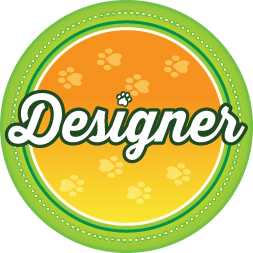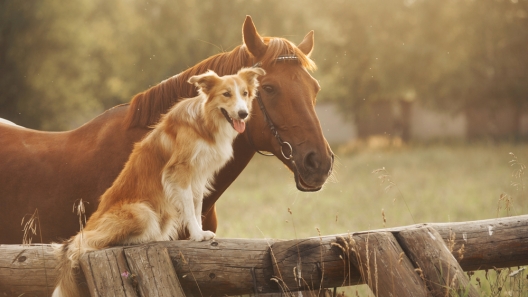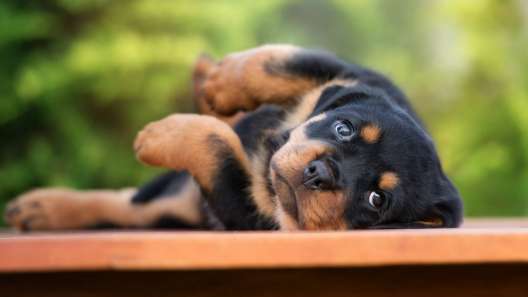
-
Activity Level:
high
-
Shedding Level:
low
-
Grooming Level:
moderate
-
Trainability:
high
-
Good for Novice Owners:
moderate
-
Adaptability:
moderate
-
Kid/Pet Friendly:
often
-
Prey Drive:
moderate
-
Watchdog:
very alert
- Average Size: Large
- Average Lifespan: 9-12 years
- Registered?: other
Rottie-Poo Dog Breed Information
Overview
Temperament
Adaptability
Health
Owner Experience
Grooming
Activity Level
Size
Life Span
Did You Know?
The Rottie-Poo is a cross between a Rottweiler and a Standard Poodle. They are also sometimes called a Rottle. Rottie-Poos are intelligent, powerful, and loyal dogs that are devoted to their families and are protective of them.
Rottles are also energetic, loving, and playful. Although they are not recognized by the American Kennel Club, this mix is recognized by other notable dog organizations. The American Canine Hybrid Club, Designer Breed Registry, and more recognize them as a Rottle.
Rottie-Poos make great family companions and tend to have a sweet nature. As long as they have been properly socialized, they are well-mannered and get along well with children, other dogs, and other pets.
Because of their protective nature, they can remain initially wary of strangers. But, if they’ve been socialized well, they will warm up quickly once introduced. They can also be prone to barking. So, you will want to start to train your dog to stop barking early on to keep it from becoming a nuisance behavior.
A Rottle is a moderately adaptable dog breed. They tend to do better in homes with fenced yards where they can run. In some cases, they can adapt to apartment living. But, their large size and exercise needs can make that difficult.
They do well in most climates, but are sensitive to the extremes and particularly sensitive to heat. Rottie-Poos also do not like to be left alone for long periods of time as they bond closely with their families and also get bored easily.
Are mixed-breed dogs healthier than purebred dogs? They can be at times, but it is definitely not a guarantee. A mixed-breed dog could inherit none of the health conditions common to their parent breeds. At the same time, they could also inherit all of them or any combination of them.
In the Rottie-Poo, potential health conditions to be aware of include luxating patella, hip dysplasia, elbow dysplasia, von Willebrand’s disease, epilepsy, and eye disorders. Reputable breeders will screen their dogs to avoid passing preventable issues on to puppies. So, make sure you are asking them about the health and genetic history of both of the parents.
As a large, barrel-chested dog breed, the Rottie-Poo, like their parents, are at risk for developing bloat. Bloat in dogs can sometimes just be gas, but it could also end up in gastric torsion where the stomach flips. This is dangerous and can be fatal if you don’t get help in time. So, it’s important to know how to reduce the risk of bloat and also know the symptoms so you know when to get help.
Rottles are highly trainable dogs. They are intelligent and eager to please, which means they pick up on things quickly. They do require a confident owner who can clearly and consistently communicate boundaries and expectations during training.
This can sometimes be a challenge for first-time dog owners, so puppy training classes are recommended. These classes are a good idea anyway because they reinforce training, offer opportunities for socialization, and also strengthen the bond you have with your puppy.
Although a Rottie-Poo can inherit the low-shedding Poodle coat, it’s not a guarantee. They could inherit similar to one of their parents or a combination of both. If they end up with a Rottweiler coat, they will shed a bit year-round, need weekly brushing, and bathed occasionally.
If they end up with a Poodle coat, they won’t shed much, if at all, but you will need to do some maintenance. Daily brushing is required to remove tangles and prevent mats and grooming is required every 4-6 weeks.
If they end up with a combination coat, you may get some shedding here and there. Depending on the length of their coat and the curl, you may need to brush them every day or you might be able to get away with brushing them a couple of times a week. They may also need grooming every 4-6 weeks or so.
In addition to coat care, you will also need to take care of your Rottle’s nails, ears, and teeth. By cutting your dog’s nails once or twice a month, you can help keep them from growing too long and causing issues.
Weekly ear checks and carefully cleaning your dog’s ears as needed can help prevent ear infections. When it comes to dental care for dogs, daily brushing or use of an enzyme toothpaste is ideal for helping to prevent painful dental diseases later in life.
Rottie-Poos can range from a moderate to high energy level. This means they require daily walks plus some playtime and extra activity to be happy and healthy. With a working dog background, they also need a job to do.
Generally, they will be up for more activity if you are. Also, Rottles are athletic dogs. So, once puppies finish growing and their bones are done developing, you can try a bunch of different activities to see what you and your Rottle like the most.
A fully-grown Rottie-Poo usually stands 20-25 inches tall and weighs 75-100 pounds. There can be variation below and above this range depending on which breed is the mother and the size of a Rottie-Poo’s parents.
A Rottie-Poo generally lives for 9-12 years.
This mixed breed may be known as a Rottie-Poo or a Rottle, but they are also sometimes called a Rottie Doodle, Rottweiler Doodle, Rottweiler Poodle Mix, and more.









